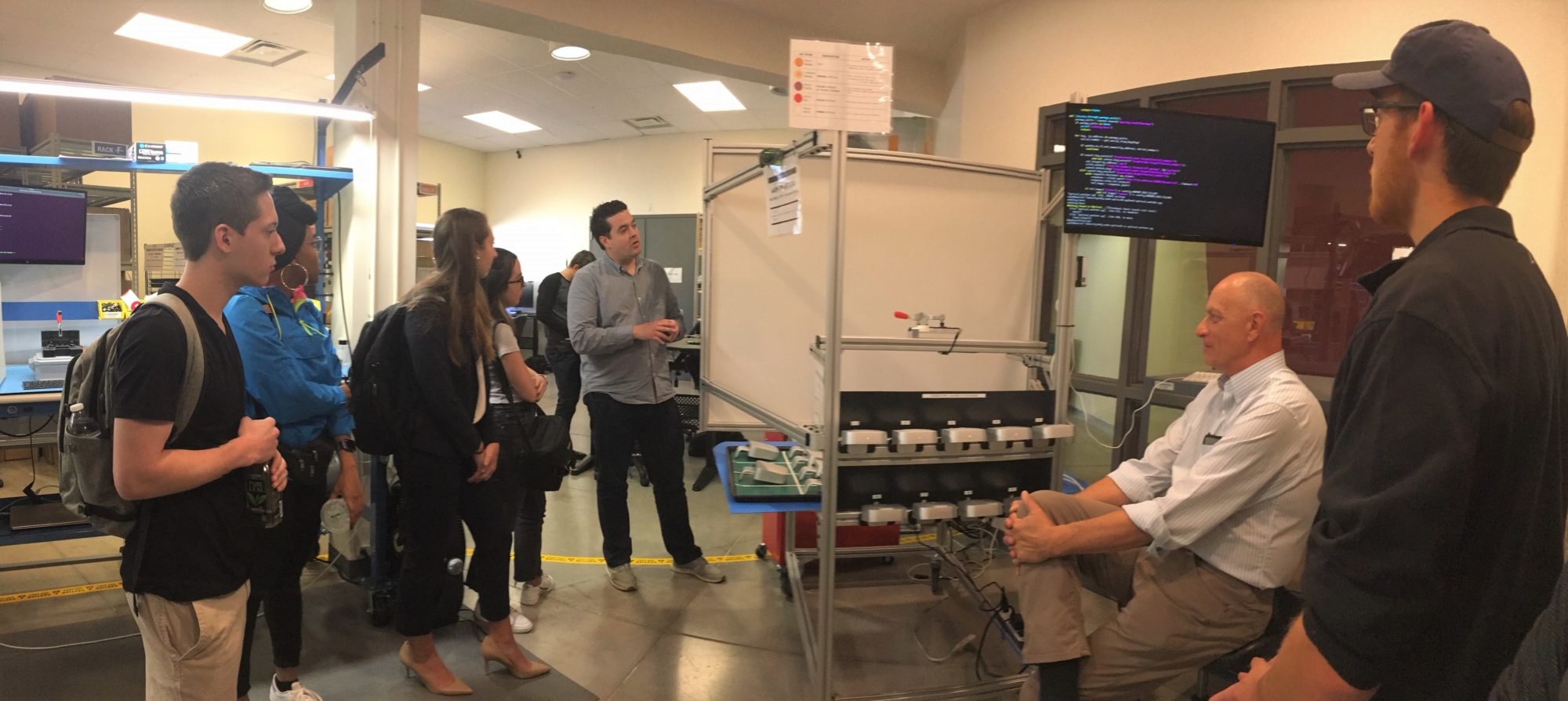
Luke Horgan is many things. He’s a USAF veteran, a former project leader at HBO, a TEDx speaker, a data scientist with a decade of experience, and a business owner. He’s fascinated by the ways humans employ unconscious data calculations to navigate their lives. As a TEDx speaker, he explores how humans act in microseconds – much like “Blink: The Power of Thinking Without Thinking,” Malcolm Gladwell’s book on cognitive processing. Today, in the era of COVID-19, he is using a data solution by Density – a company launched by Syracuse alumni — to measure human interactions. Business owners are grappling with “density” as the new norm for managing operations, staffing and human interaction in the face of COVID-19. Already a widely used real estate management platform, Density is now also being recognized as a smart solution to manage “social distancing” in workplaces, businesses and public spaces. Density’s tech platform provides real-time insights to manage foot traffic, and control building “density,” using powerful sensors, combined with state-of-the-art depth data, computer vision and deep learning to accurately and anonymously measure movement.

While no one knows what the “new normal” will look like when businesses begin to re-open, one thing is for sure. Everyone will be re-thinking issues of density and human interaction. Density is offering a webinar, Tuesday, April 21, 1 p.m. (EST) with its CEO, SU alum Andrew Farah and CBRE’s Global Director of Corporate Workplace and Facilities, Peter Van Emburgh for a discussion surrounding the challenges of returning to the workplace. Topics will include addressing employee concerns about returning to work after COVID-19, maintaining social distance guidelines inside the office, and preparing for future pandemics and other potential threats to employee health and wellness. Register hereto join the conversation or receive access to the recorded webinar.
The company has also published a thoughtfully written post on this topic: https://www.density.io/blog/returning-to-workplace-after-covid-19/

One thing that Density has learned is that measuring human interaction isn’t predictable. “We’ve learned counting people is hard because people are weird. Humans do odd things in doorways. They bump into each other. They linger and form lines. They take phone calls, they high five, and they hold hands,” according to the website. “The engineering and design problems our teams solve each day are bare-metal, mechanical, logistical, supply chain, embedded, cryptographic, real-time, infrastructure, machine learning, client-side, enterprise, full stack and very hard. At Density, we get to do and sell science. And the people here are great.”
Together, Density works with customers to better manage over 100 million square feet of corporate real estate.

Steve VonDeak ’08 (Law School), Density co-founder and chief of staff, is the LaunchPad’s first Alumni Entrepreneur in Residence. The company recently closed its B round, raising a total of $40 million in external funding to date, and has a state of the art manufacturing center at The Tech Garden in downtown Syracuse. Density was founded in 2014 in the Tech Garden in Syracuse, and now also has offices in San Francisco, and New York City. Its co-founders also include Andrew Farah ’09 (Writing) and G ’11 (iSchool), Ben Redfield ’12 (iSchool), Brian Weinreich, ’10 (Psychology and Biology), Robert Grazioli ’11 (iSchool), and Jordan Messina, who grew up in Syracuse and attended Binghamton University.